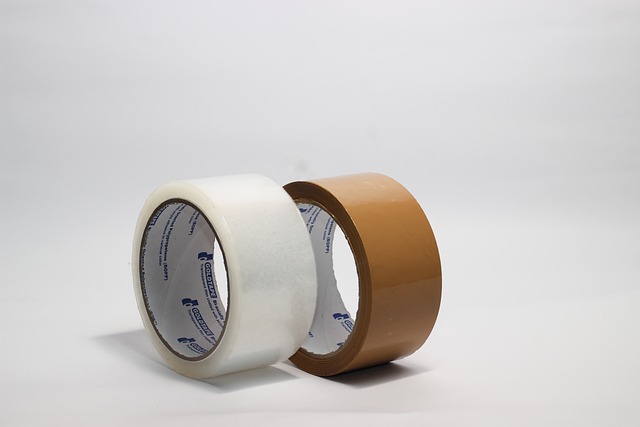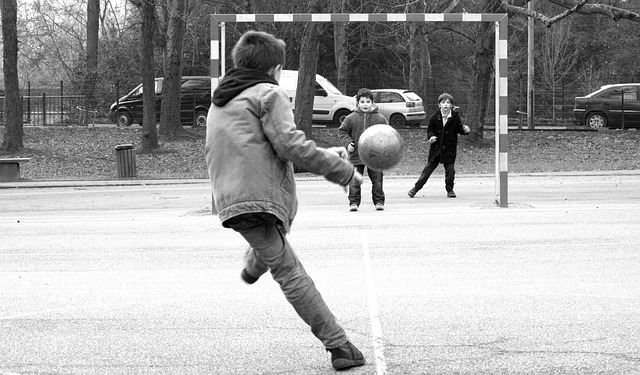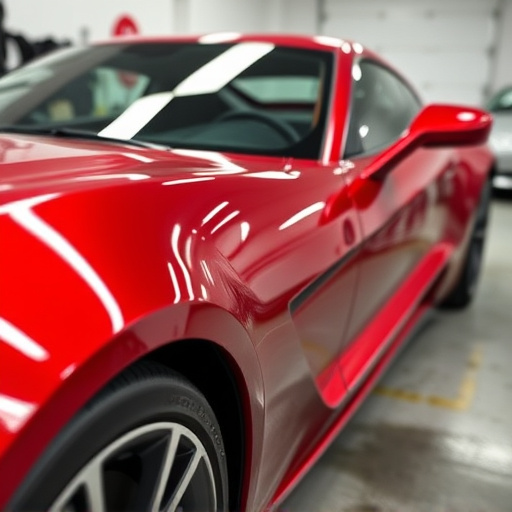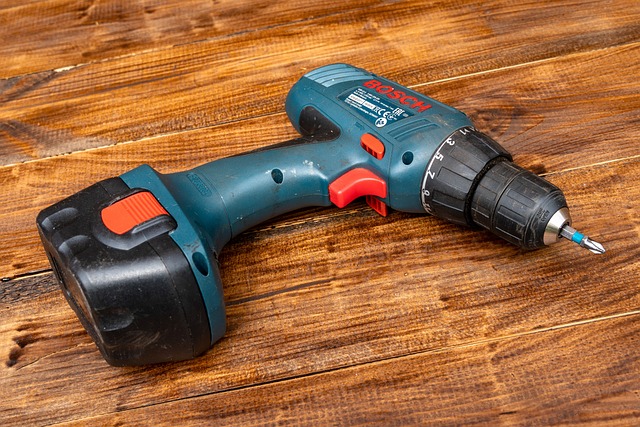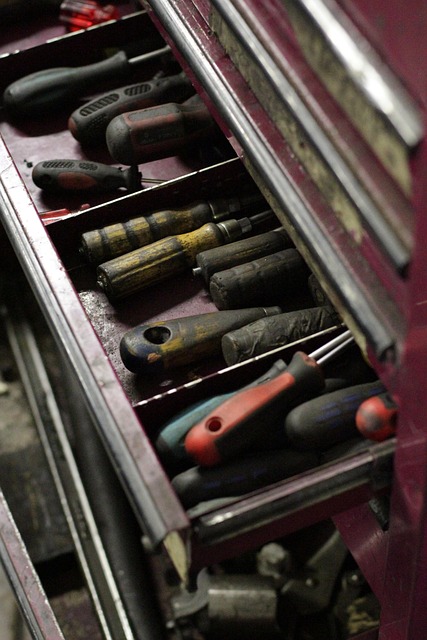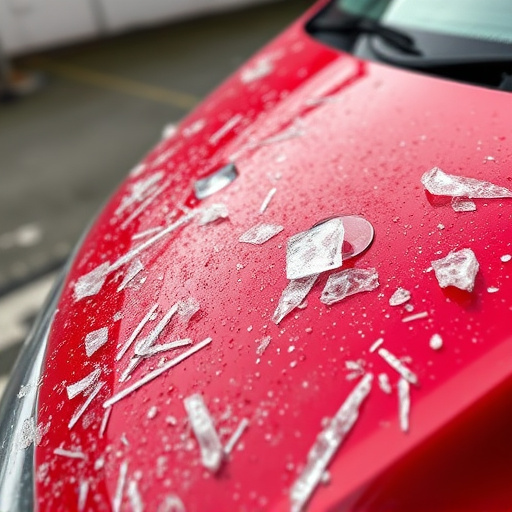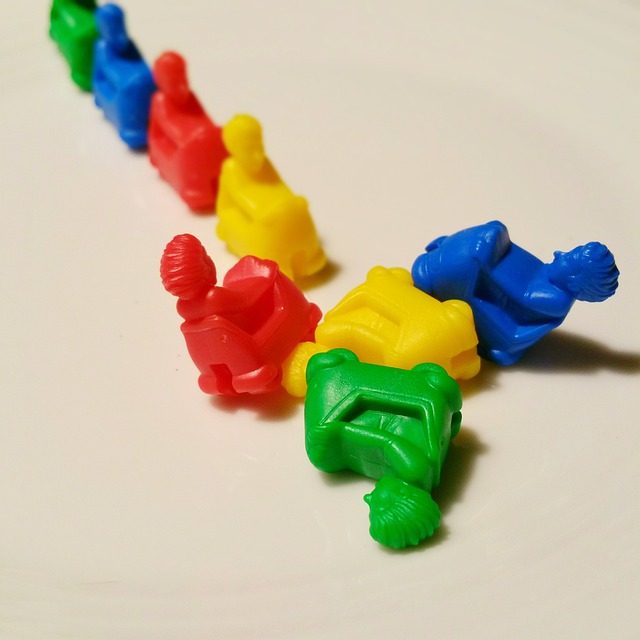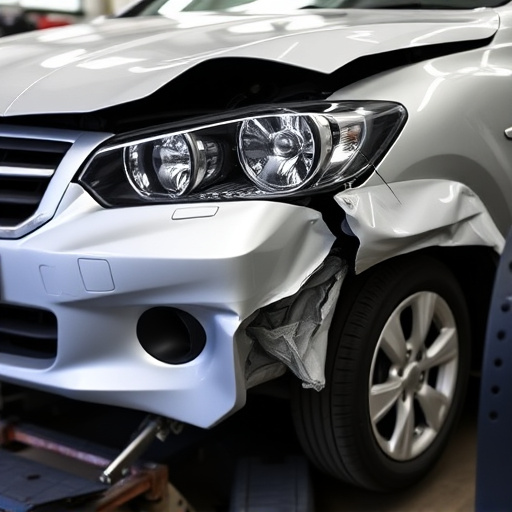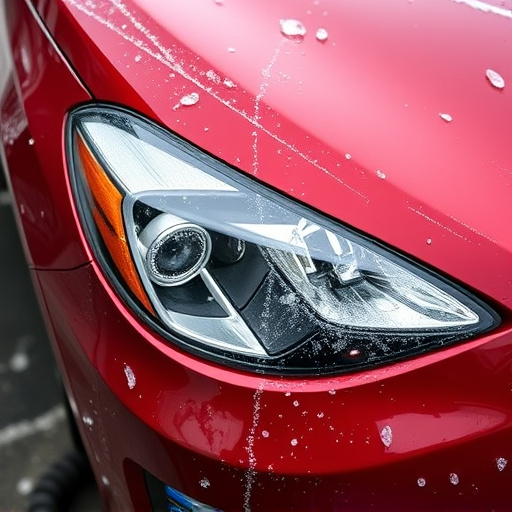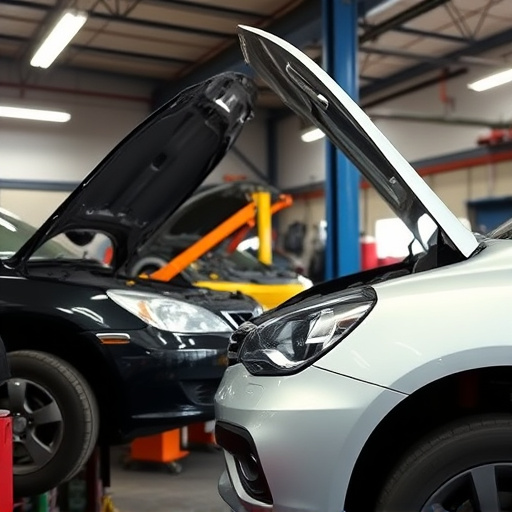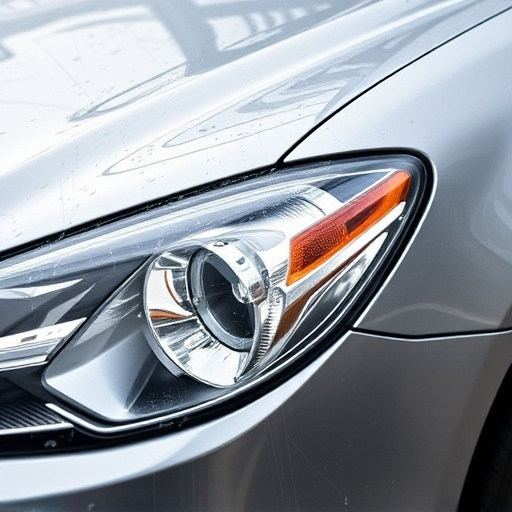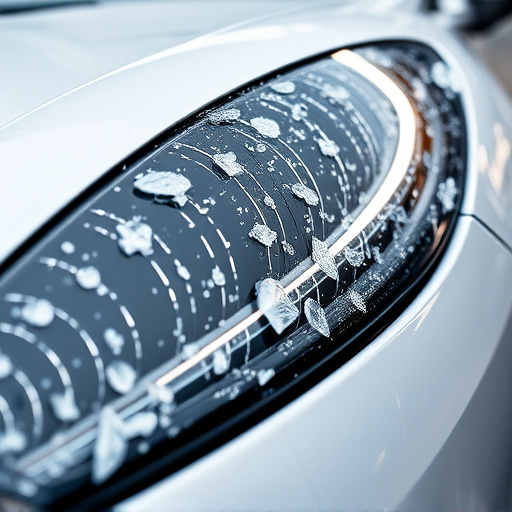Color sanding and buffing, essential techniques in furniture making and automotive restoration, involve gradual sanding with different grits of sandpaper followed by buffing for surface enhancement. While indispensable, these methods pose environmental challenges like dust generation and chemical toxicity, necessitating responsible management. The automotive industry is embracing sustainability through eco-friendly materials, advanced tools, and precision digital techniques, minimizing waste and setting stewardship examples. Industry best practices promote proper disposal and adoption of eco-alternatives like water-based compounds. Future trends focus on biodegradable abrasives, recycling systems, and electric polishing tools to enhance sustainability, efficiency, and profitability in color sanding and buffing operations.
In the realm of finishing techniques, color sanding and buffing enhance surfaces with precision and flair. However, these processes pose environmental considerations due to material usage and waste generation. This article delves into the eco-friendly aspects of color sanding and buffing, exploring sustainable practices in materials and methodologies. We discuss best practices to mitigate environmental impacts and highlight emerging trends shaping a greener future for this art form.
- Understanding Color Sanding and Buffing: Techniques and Impact on the Environment
- Sustainable Practices in Color Sanding and Buffing: Materials and Methodologies
- Mitigating Environmental Effects: Best Practices and Future Trends in Color Sanding and Buffing
Understanding Color Sanding and Buffing: Techniques and Impact on the Environment

Color sanding and buffing are intricate processes that transform surfaces, whether it’s a fine finish on a piece of furniture or restoring vehicle paint to its original gleam. This technique involves using abrasive materials of different grit sizes to smooth and enhance the appearance of a surface while adding a layer of color. The process begins with coarse sandpaper to remove imperfections, followed by progressively finer grains to achieve a smooth base. It is then buffed with special compounds to create a glossy or matte finish, enhancing the overall aesthetics.
While color sanding and buffing are essential in various industries, including body shop services and car body restoration, it’s crucial to consider its environmental impact. The use of abrasive materials can generate dust and debris, potentially harming air quality if not properly managed. Additionally, the chemicals present in some polishing compounds may be harmful to aquatic life and soil if disposed of irresponsibly. Understanding these techniques and their ecological implications is a critical step towards adopting more sustainable practices in industries reliant on color sanding and buffing, such as vehicle paint repair.
Sustainable Practices in Color Sanding and Buffing: Materials and Methodologies

In the realm of color sanding and buffing, sustainable practices are transforming vehicle body shops into eco-friendly sanctuaries. This involves a meticulous selection of materials, from biodegradable abrasives to water-based finishing agents, minimizing environmental impact. Advanced methodologies, such as using electric sanders and precision tools, not only reduce waste but also enhance efficiency in automotive collision repair. These innovations ensure that every step, from surface preparation to final polish, contributes positively to both the vehicle’s aesthetics and the planet’s health.
The shift towards sustainable color sanding and buffing goes beyond materials and methodologies. It encompasses entire workflows designed to optimize resource use and minimize waste generation. This includes adopting digital techniques for measuring and adjusting colors precisely, thereby reducing the need for costly touch-ups and rework. As a result, vehicle body shops are not only delivering superior car bodywork services but also setting an example for environmental stewardship in the industry.
Mitigating Environmental Effects: Best Practices and Future Trends in Color Sanding and Buffing

In the realm of automotive aesthetics, color sanding and buffing are essential processes for achieving a flawless finish in car bodywork services. However, these techniques also present significant environmental challenges due to the use of various chemicals and abrasives. To mitigate these effects, best practices emphasize responsible waste management, including proper disposal of sandpaper and chemical solvents. Utilizing eco-friendly alternatives, such as water-based compounds and reusable sanding pads, can substantially reduce the environmental footprint of car body shops.
Future trends in color sanding and buffing lean towards sustainable and circular economy principles. Innovations like biodegradable abrasives, closed-loop recycling systems for waste materials, and electric polishing tools offer promising solutions. As the demand for high-quality auto frame repair continues to grow, these advancements will not only benefit the environment but also enhance the efficiency and profitability of car body shop operations, ensuring a greener future for both the industry and the planet.
Color sanding and buffing, while essential for achieving desired finishes, pose significant environmental challenges due to material waste and chemical usage. However, embracing sustainable practices such as eco-friendly abrasives, water-based solutions, and closed-loop systems can substantially mitigate these impacts. As the industry evolves, adopting best practices and exploring future trends like bio-based materials and advanced recycling techniques will be crucial in ensuring that color sanding and buffing contribute positively to our planet’s health, fostering a more sustainable and responsible manufacturing landscape.
